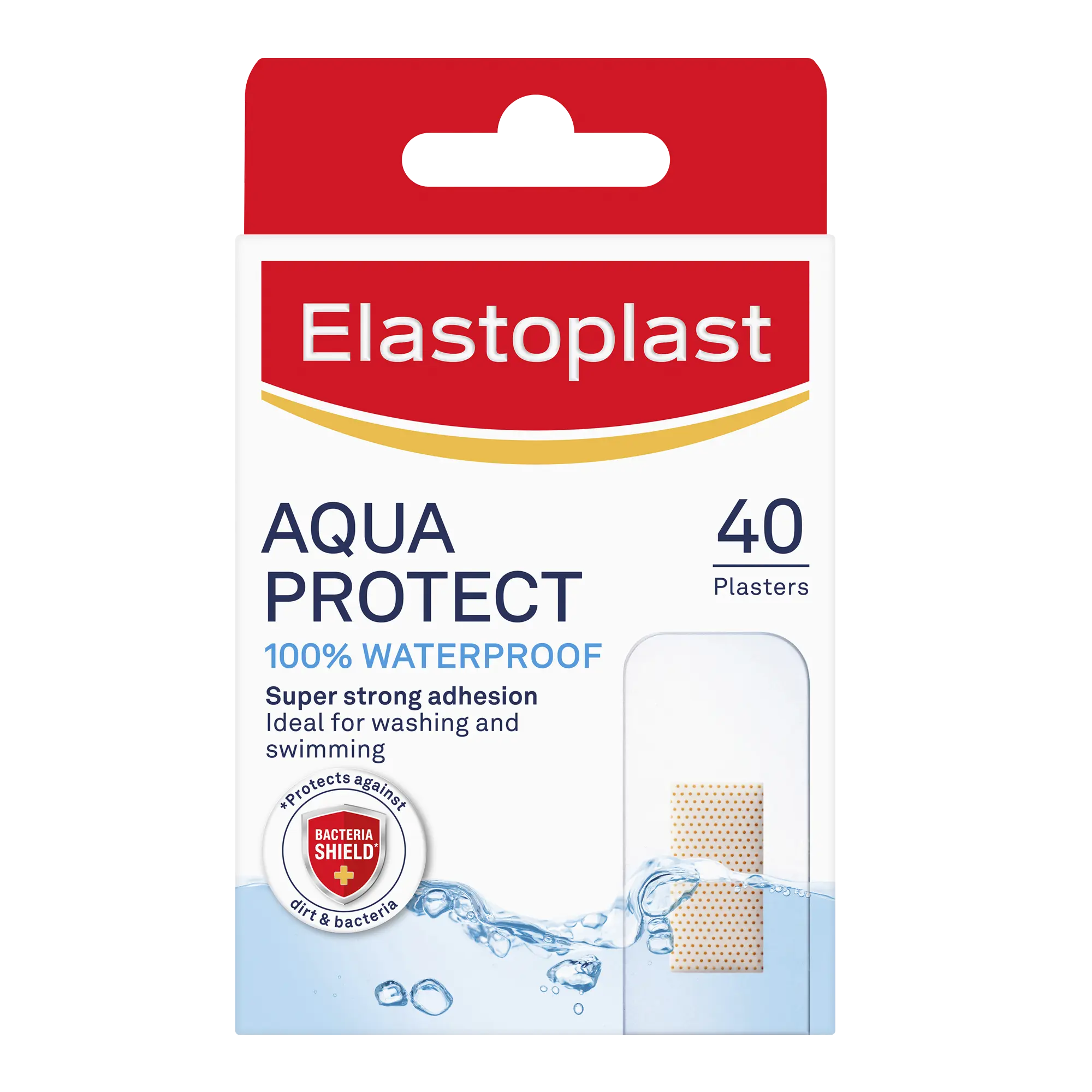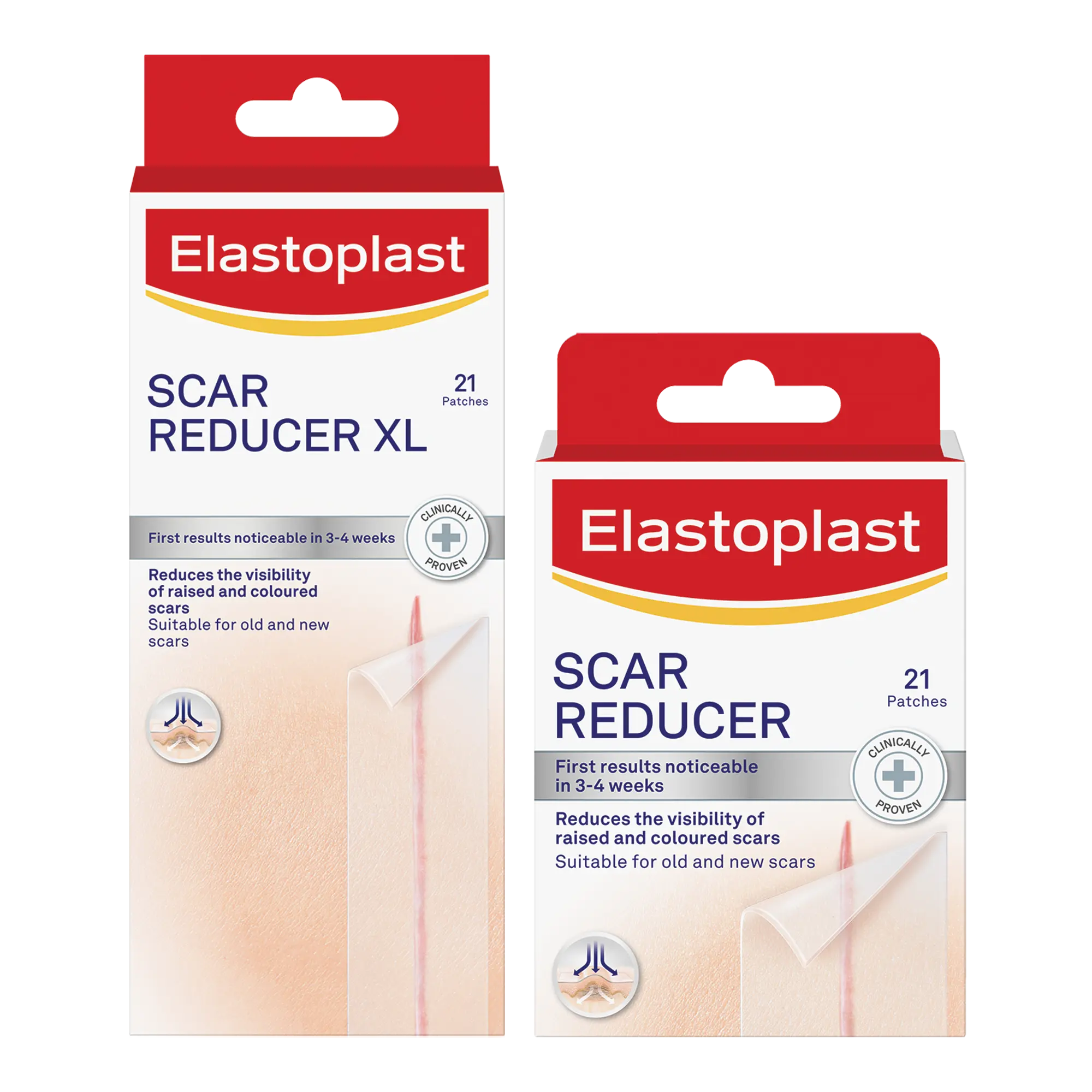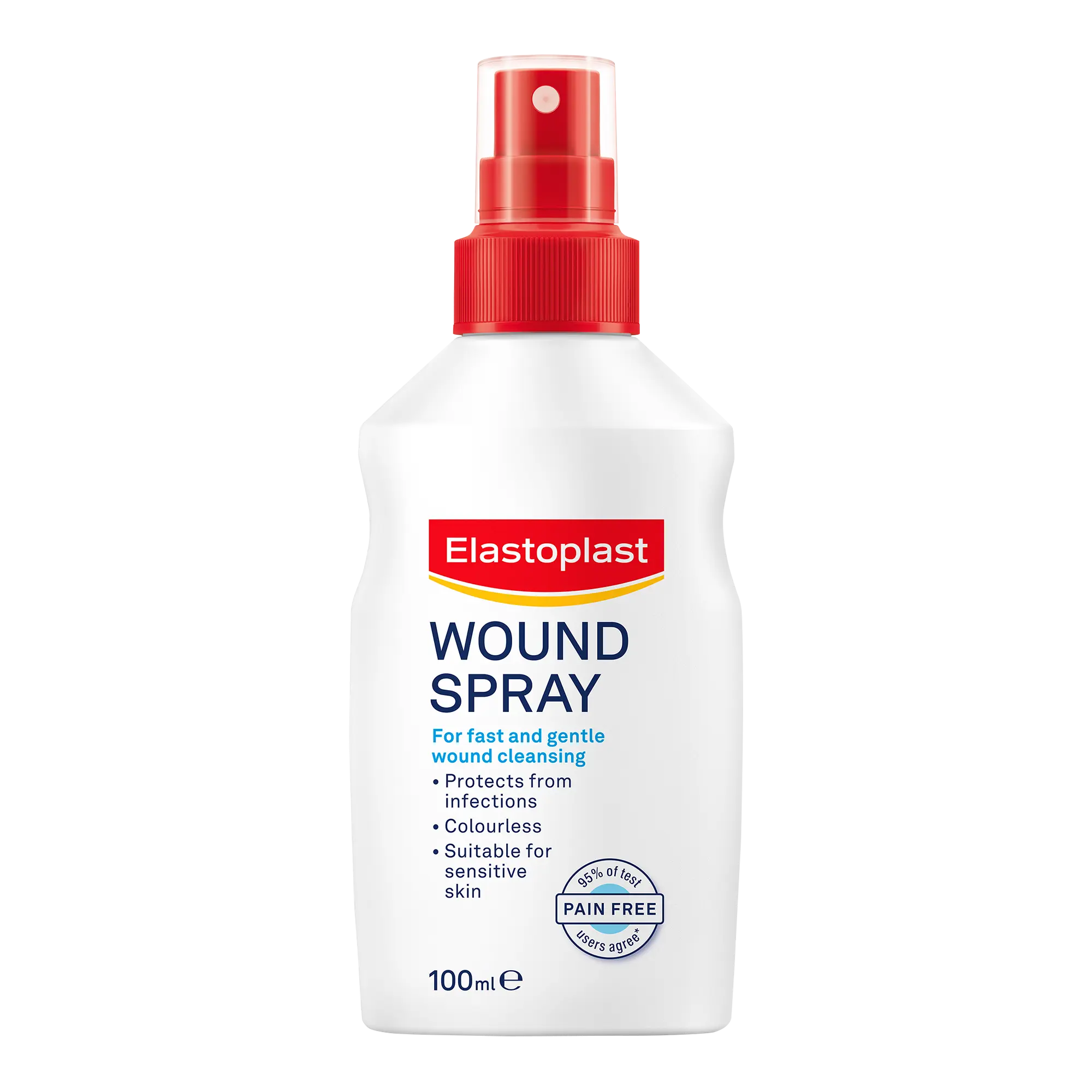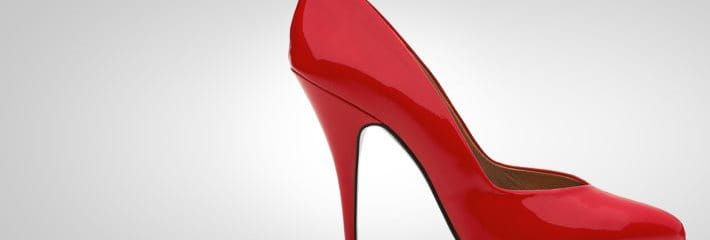Tips for High Heel Fans: Avoiding Blisters on Feet
Of course we all love a pair of heels. But as fun, feminine and fashionable living the “high life” is, there are a few things to consider if we want our feet to stay comfortable and healthy. Elastoplast has the best tips, from shopping to wearing – and some clever solutions for Manolo-addicts.
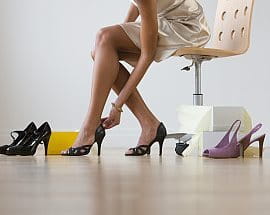

It‘s a good idea to buy a size too big. You should allow a bit of room for a bit of swelling of the feet. Ideally, buy them in the afternoon when the foot has expanded a bit.
To protect your toes and heels from friction, especially in pointed high heels, apply Elastoplast SOS Blister Plaster on your toes and heels. This will take pressure off the affected areas. Also, adding padding at the ball of the foot will reduce discomfort when walking.
Really know how to
work those heels
Wobbly steps are not very elegant, and will also put you at risk of ankle injuries.
In heels, much of your weight rests on the balls of your feet, which means that walking requires a whole different way of walking and a different motion than you would use when wearing flats. Aim for a heel and ball-toe motion: with the heel and ball hitting the ground at the same time.
Adjust your gait: Wearing heels will make you take longer steps than you normally would—it causes you to lean back a little bit, which looks graceful and also gives you better balance.



Rotate your high heels. Don’t wear the same pair all over again, especially if it puts pressure on one specific area of your foot. This will keep corns and blisters at bay.
Good fun and good
for your feet:
rotating your high heels
Choose open-toe pairs of high heels (they are called “peeptoes”) every now and then – your feet won’t be „locked in“ as much.
Try to reduce the time you spend on high heels by taking a change of shoes to your car, or public transport, then changing them at the place, function or event where you want to show up wearing high heels. And remember: When your feet hurt, your whole body hurts.
